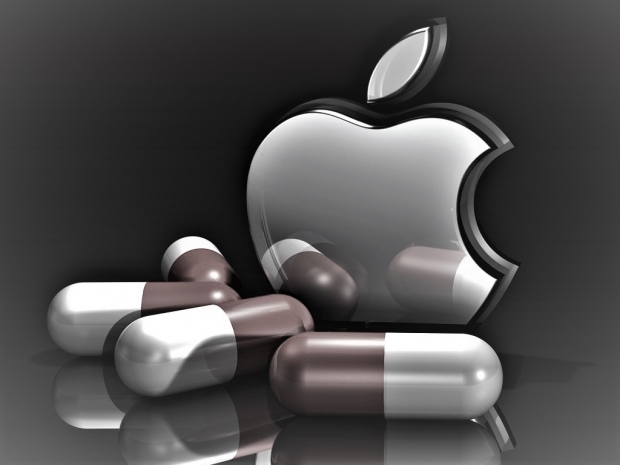At the time the deal made sense. Apple was making a fortune with its iPhone Six and provided Japan display with $1.5 billion to build a plant. Of course, Japan Display would pay it back with a percentage of its screen sales. But that didn’t matter, Apple would be selling the iPhone for 1,000 years.
Unfortunately, four years later Apple is having difficulty shifting its iPhones. It is only managed to hide its falling sales by increasing profit margins significantly. But this means the actual number of iPhones ia significantly less. Apple is also less interested in LCD panels – favouring OLED instead.
Japan Display’s new factory is running at half capacity and it still owes Jobs' Mob most of the construction costs.
“In retrospect, the new plant was unnecessary. The decision wasn’t wrong back then. Japan Display started to pick up steam thanks to Apple at the time, and Apple wanted the new plant”, a spokesman told Reuters.
Desperate for capital, Japan Display is looking to an investor group, led by China Silkroad Investment Capital, for a bailout, two sources with direct knowledge of the matter said. The deal would give the Chinese group a near-majority stake in exchange for an investment of $500 million to $700 million, the sources said.
The group plans to build an OLED panel plant in China using Japan Display’s technology, according to those two sources.
Japan Display has built relationships with other smartphone vendors, including Chinese powerhouses Huawei, Xiaomi, and OPPO.
But it is losing their orders too as sales growth softens and the Chinese players switch to domestic panel makers such as BOE Technology and Tianma Microelectronics, which have sharply improved the quality of their screens.
Japan Display supplied almost a third of Huawei’s smartphone screens in 2015, but its share had plunged to four percent by the third quarter last year as the Chinese company turned to BOE and Tianma, according to researcher IHS Markit.




